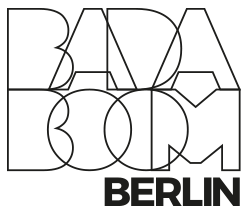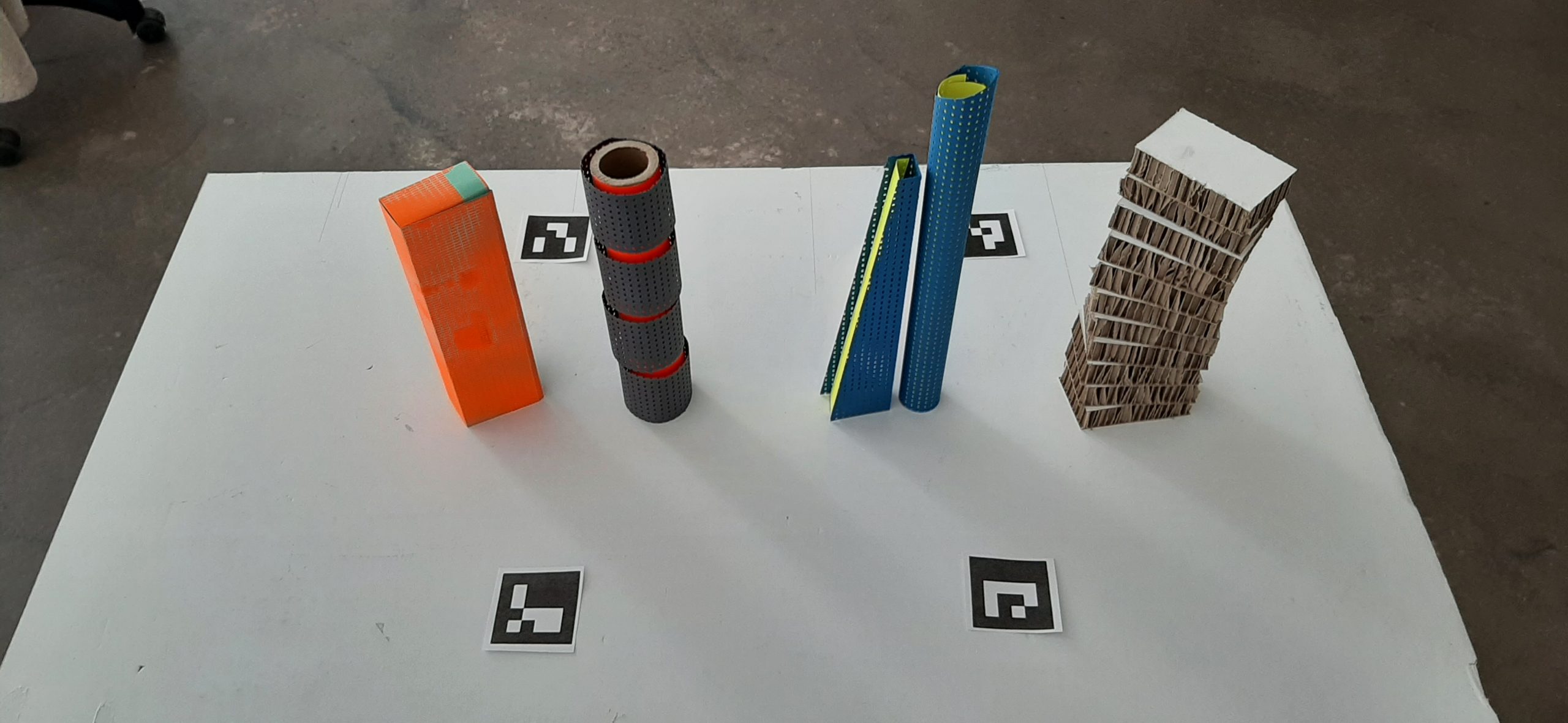Myspace, Facebook, Instagram, Tik Tok and now Metaverse?
So-called social media stand for spaces and stages of digital self-expression. The young generation increasingly sees them as places for communication and emotional self-development. These platforms usually offer a top-down experience, with little or no room for personal design. Most of the time, the options are very limited, such as a few filters predefined by developers for the face on Instagram, predefined avatars or 3D models from professionals?
How can you democratize this design process to create and share your own world? Can these worlds also become a stage for performative experiences?
Alessandro Maggioni and Daniel Huber have been working on the boundaries of analog and digital since their first collaboration at the research residency “Digital ist Besser?” at Theater Schaubude Berlin. The artist duo on the frontier of analog and digital to find new ways to facilitate the process from a top-down to an everybody-can-do-it experience.
Green Boxes that take the creations from visitors into an interactive world. Modern “magic lanterns” that transform small silhouettes into large projections. Interactive pop-up book that reveal impossible worlds through a magic flashlight. In recent years we have built many analog-digital tools and experiences that are seen on stage and in museum venues. With excitement we look at these metaverses and see the opportunity to continue to move this process forward to incorporate the input and ideas of viewers and visitors.
The goal of the process is to gather a series of tests, prototypes, methods and best-practices that will allow us to establish a practice that can be used as a performative exhibit format as well as in workshop format.
The ingredients of this particular cocktail are game design, NFTs, virtual spaces and social platforms. We are interested in exploring how the audience influences these worlds, and whether this can become a new platform for discourse and physical social interaction.
Example of a project:
a. On a table there is a map showing different cities. Where these cities are marked, there are miniatures made of cardboard, paper, plasticine or other materials. Each of these cities/worlds can be designed by an artist/audience group. Through objects that have a special code, one can influence these worlds. With body movements detected by sensors, the viewer navigates the analog world, and is confronted with an immersive representation of a digital alias of the city. The spectators are invited to interact in this analog metaverse.
b. Various with pop-up book pages stand on small columns, distributed in the space. Through a smartphone and an app one experiences an augmented version of the sculptures, which show loops and small happenings on this world.





